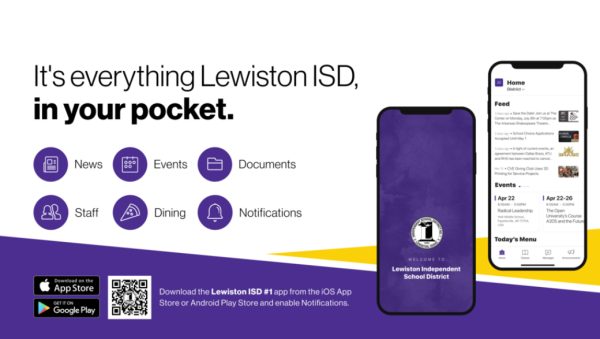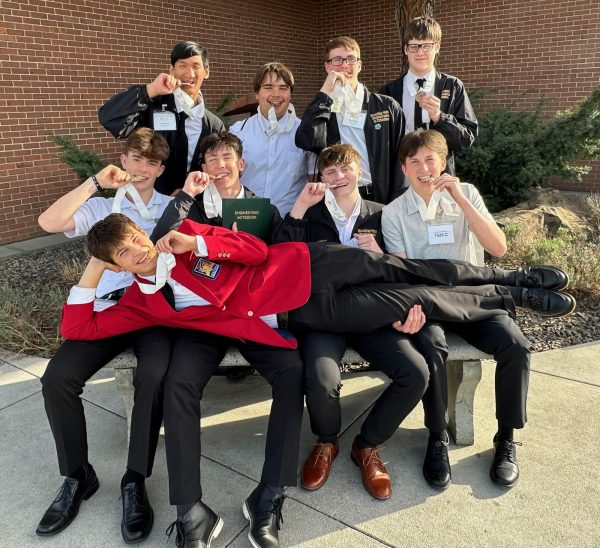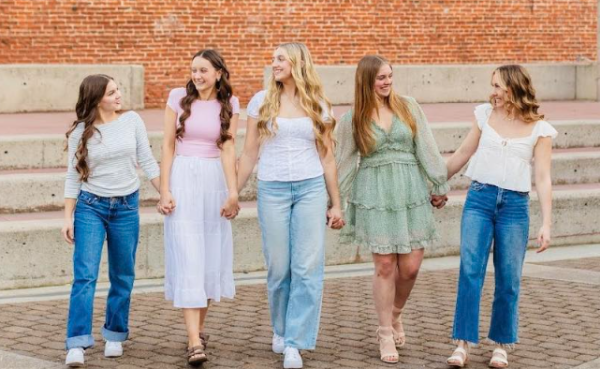Teen photos spark concern
In mid-December at Jenifer Junior High School (JJHS), staff, parents and teens experienced a problem with explicit photos of students in circulation throughout the freshman class.
At least 12 students participated in having, sending or saving the photos, said JJHS Vice Principal Quinn Aldous.
A student informed the administration of the explicit photos. Administration then individually called in the students who were allegedly involved, continued Aldous.
“It’s just the tip of the iceberg,” said JJHS School Resource Officer (SRO) Brian Birdsell. “There is so much we don’t know” that goes on with social media.
Students sent the pictures through Snapchat, Kik, text messaging and other smartphone applications, according to Aldous and Birdsell. The students hid or stored the photos through apps such as Calculator Plus and Photovault. These types of apps pose as non-threatening but allow users to lock or hide photos behind a pin or passcode.
“Snapchat photos are not as simple as a picture that just disappears after 10 seconds,” said Birdsell. “If I had access to the phone it’s incredibly easy to access sent Snapchats.”
What many junior high and high school students do not realize is that those photos are illegal, said Birdsell.
In a Powerpoint presentation that Birdsell has shared throughout the school district, David Gomez, SRO at Mountain View High School in Meridian, Idaho, brought the legality issue to light.
Gomez writes, “[It is a] misdemeanor/felony crime to solicit for sex and or send nude pictures of persons under the age of 18.”
The presentation goes on to explain that both the sender and receiver can receive felony charges for sending nude photos, even if both parties consent.
“I think that you need to monitor cellphones,” said Lisa Kokernak, an LHS school technologist who also has a son in junior high.
“I installed a program to look at his texts. I love him to death but I just don’t trust him,” she said
Kokernak went on to explain that it’s different for parents because they never had cellphones as teenagers.
“Parents need to wrap their heads around what their kids could be doing. It’s about safety,” stated Kokernak.




